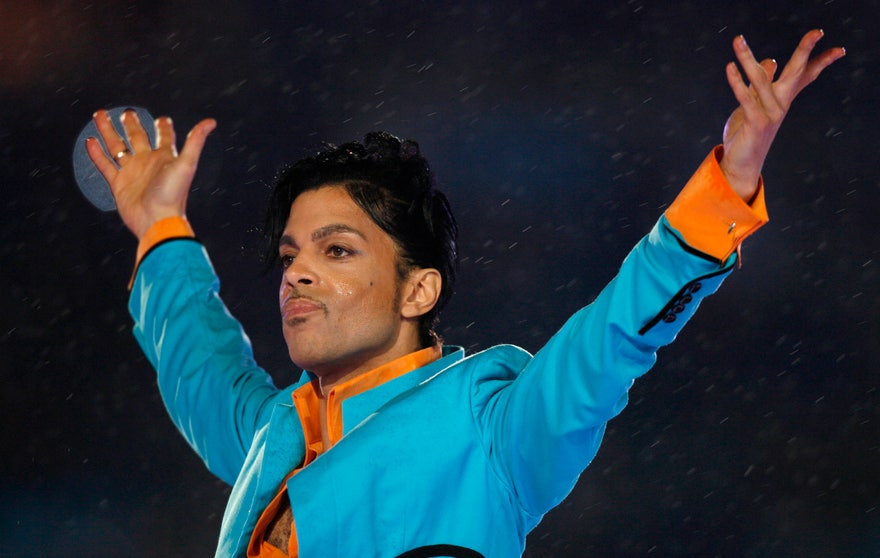Here there are some steps you can take to increase your chances
of having your campaign go viral.
Make
It Visual
The things that go viral are the things that are visually
appealing, in almost all instances. Adding video or images to your campaign is
one of the first things you need to do to build a viral marketing campaign.
However, you also need to make sure that the visuals are
viral-worthy. Make them humorous, informative or surprising. The more
surprising, the more of a chance the item has of being shared.
Blog posts, Tweets and Facebook posts with images are more
likely to be shared. Buzzsumo did a study of over 100 million blog posts where
it looked at the number of social shares each post got, and found several
similarities between the most shared content. One of the elements that stood
out the most as a recurring theme was the importance of visuals.
The study found that posts with one or more images get more than
twice as many shares on Facebook and Twitter than those without any images in
them.
Plan
the Message
While some viral campaigns are accidental, most are carefully
planned.
Make a careful script for your video or a careful plan for your
infographic so that your ultimate message is clearly received by your audience.
Work
the Emotions
Viral campaigns are the ones that tug on people’s emotions.
Often they are humorous, but they can also be sentimental. As you plan the
campaign, make sure there is an emotional catch.
Play on their fears, hopes, dreams or sense of humor, and your
campaign will be far more likely to go viral.
Emotion is what compels people to take action. Some people eat
when they’re sad. Some people go to the gym after watching a motivational
sports movie. The feelings that you get after seeing, hearing or reading
something that strikes an emotional chord influences your behavior. And there’s
science to back it
Know
Your Audience
As you consider the emotional triggers to tap, make sure you
know the triggers that affect your audience.
What is it they want from you?
Are they hoping for some super secret information?
Are they looking to be entertained?
Are they wanting to appear informed and clever?
.
Keep
the Campaign Simple
Your campaign cannot be complicated. If you are sending a novel
to your target audience, they aren’t going to pass it on.
A short video, a simple infographic or a concise article are the
most likely targets for something that goes viral. Stick to two or three main
marketing messages, and nothing more, in your campaign.
Launch
the Campaign
When are they most likely to be online, visiting social media
sites?
This is the best time to launch your campaign. Spread it
throughout your social marketing sites, and encourage your followers to share.
If the video, article or image sparks something in your audience, you will be
able to sit back and watch as it goes viral.
Don’t
Try to Force It
Don’t hit your audience too hard with your new campaign, though.
If it’s going to go viral, it will. If it’s not, no amount of blasting is going
to make it happen. Launch your campaign at a strategic time, remind your
audience about it casually, and then see what happens.
Build
Sharing Into the Campaign
You don’t have to create content and cross your fingers hoping
someone will share it. Instead, be proactive and make sharing a built-in
feature of your campaigns. This is exactly how Dropbox was able to quickly
scale to become a multi-billion dollar corporation. The concept is very simple
but extremely effective. Dropbox built in a feature that gives users free
storage space by referring other users to the service. That incentivized people
to share the tool. Companies like Uber and Airbnb have used similar strategies
as well.
dropbox referral marketing
Another twist to this technique is what Google did when it
initially launched Google+. If you remember, not just anyone could get a
Google+ account when it first launched. It was done on an invite-only basis. In
order to gain access, people took to Twitter and forums begging to get an
invite from people who had access. That exclusivity made people want a profile
even more, which increased the number of people talking about the new social
network all across the web.
Content doesn’t go viral unless people are sharing it. The
lesson to take from Dropbox, Uber and Google is to ask for the share.
Integrate
User Generated Content (UGC)
The NWA biopic “Straight Outta of Compton” had record breaking
box office numbers. While the movie was highly anticipated and had great
reviews, we can’t help but think that the viral “Straight Outta” meme generator
played a role in the movie’s success.
The marketing effort takes advantage of user generated content,
which is one of the most popular viral marketing techniques we’ve seen in
recent years. User generated content relies on your audience to create and
share content for your company. It helps your audience feel like they’re apart
of your campaign and, let’s be honest, it’s entertaining.
People
Share Useful Content
It seems obvious, but it gets overlooked all the time.
Creating highly relevant and useful content is an easy way to increase the
chances of going viral. If you can create a piece of content that’s actionable
and has practical use, you’ll be far ahead of the game.
Get
Your Content in Front of Influencers
You’ve probably heard the word influencer a lot when it
comes to marketing. Influencers are people who have a large active following in
their industry. Here’s 55 digital marketing influencers you should be following
on social media. Getting your content Tweeted out or mentioned by an influencer
can take your blog post from behind the curtains and right onto center stage in
front of thousands of new people. And there are two ways to get them to take
notice:
http://sproutsocial.com/insights/how-to-go-viral/
















